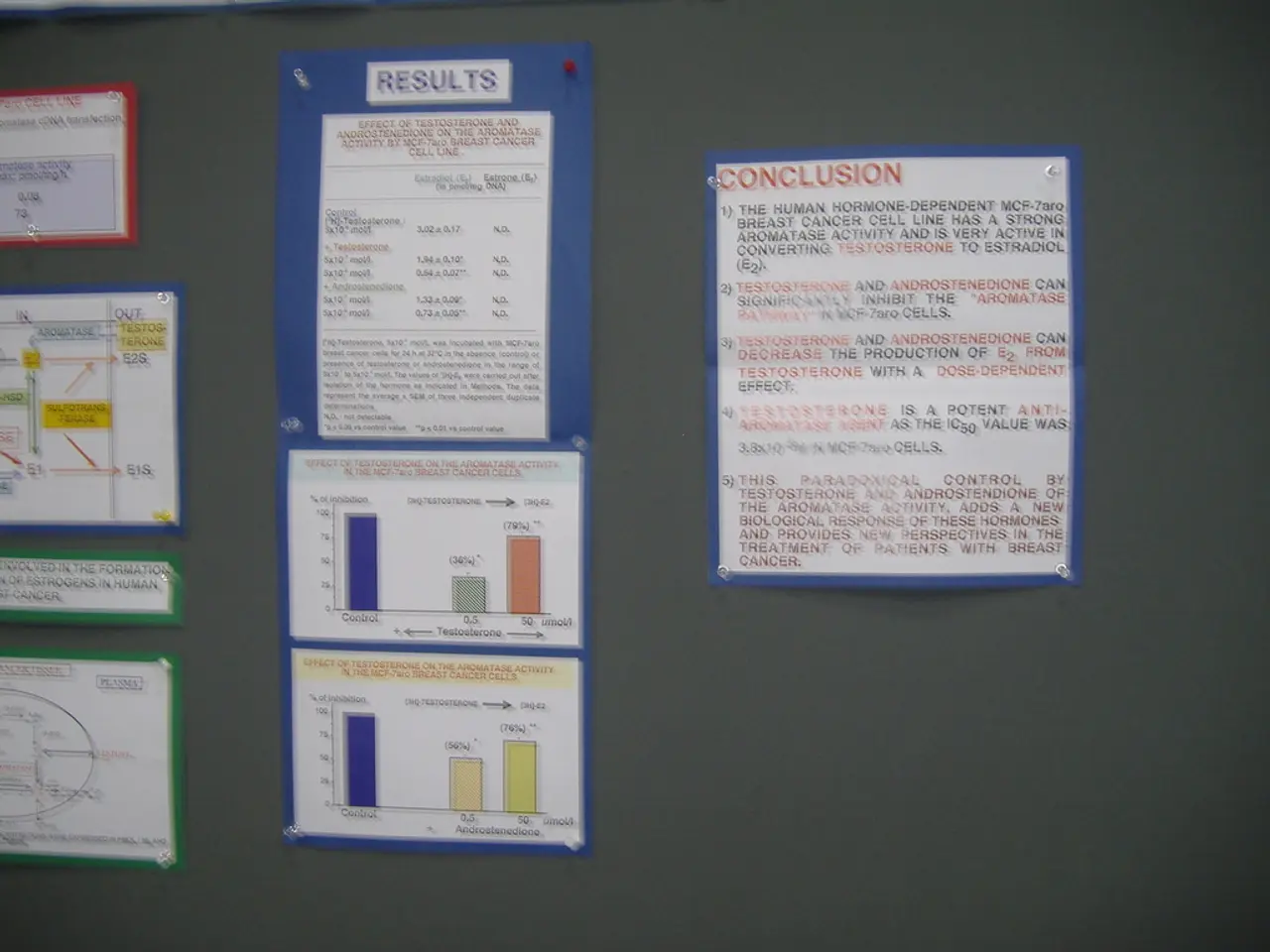Federal immigration agency offers substantial financial incentive for former workers to rejoin the force
The Republican-led House has challenged President Trump's executive order aimed at blocking collective bargaining across numerous federal agencies, with a provision in the Defense authorization bill blocking the EO from being implemented in the Defense Department. Meanwhile, a significant development is taking place within the Immigration and Customs Enforcement (ICE) agency.
ICE is currently active with the ICE Return to Mission program, an initiative that forms part of the Trump administration's expansion plan to strengthen immigration enforcement efforts. This program aggressively recruits recently retired ICE officers by offering substantial financial incentives, including signing bonuses of up to $50,000 and dual compensation waivers allowing retirees to receive both their full pension and salary for new term-limited employment. The goal is to rapidly bolster ICE staffing amid increased deportation operations and higher caseloads.
The program uses a Dual Compensation Waiver, permitting retired annuitants to draw both a full basic annuity and a full salary simultaneously. While the retired officers continue to receive their full basic pensions, annuity supplements and Social Security benefits may be reduced depending on the amount of salary earned during re-employment. This means that while the base pension is preserved, some ancillary retirement benefits could be affected on a case-by-case basis.
This program aligns with a major budget increase for ICE—tripling its annual enforcement budget and funding for detention facilities—to support an expanded immigration enforcement agenda nationally.
Other developments in the federal sector include plans for a department-wide reduction in force at the Department of Veterans Affairs being called off, but its reorganization plans remain ongoing. Probationary employees who were fired from their jobs at the Interior Department can now pursue their appeals as a class action.
Good government groups are warning of the negative effects of President Trump's new political hiring pipeline, called Schedule G, on the civil service. The 2026 intelligence authorization bill has taken a step forward in the Senate, aiming to put a cap on the size of the Office of the Director of National Intelligence, strengthen cybersecurity requirements, and eliminate the requirement for the general counsels at ODNI and CIA to receive Senate confirmation.
House lawmakers have introduced the ePermit Act to digitize the federal permitting process, aiming to establish a framework for agencies to adopt a digital permitting system and unified portal. The impact of the State Department's widespread layoffs is coming into focus, with more than 1,300 people being affected across the department.
It's important to note that the website is copyrighted for the year 2025, and the ICE Return to Mission program is not intended for users located within the European Economic Area.
In summary, the ICE Return to Mission program restores and incentivizes retired ICE officers to return to active duty with compensation benefits carefully structured to preserve basic retirement income while potentially adjusting supplemental benefits depending on salary, supporting an aggressive federal immigration enforcement expansion.
- The ICE Return to Mission program is a part of the Trump administration's plan to strengthen immigration enforcement efforts, which involves re-hiring recently retired ICE officers and offering them financial incentives, such as signing bonuses and dual compensation waivers.
- Good government groups are expressing concerns about President Trump's new political hiring pipeline, Schedule G, and its potential negative effects on the civil service workforce.
- Other changes in the federal workforce include the House lawmakers' introduction of the ePermit Act to digitize the federal permitting process and the impact of the State Department's widespread layoffs, affecting over 1,300 individuals.




